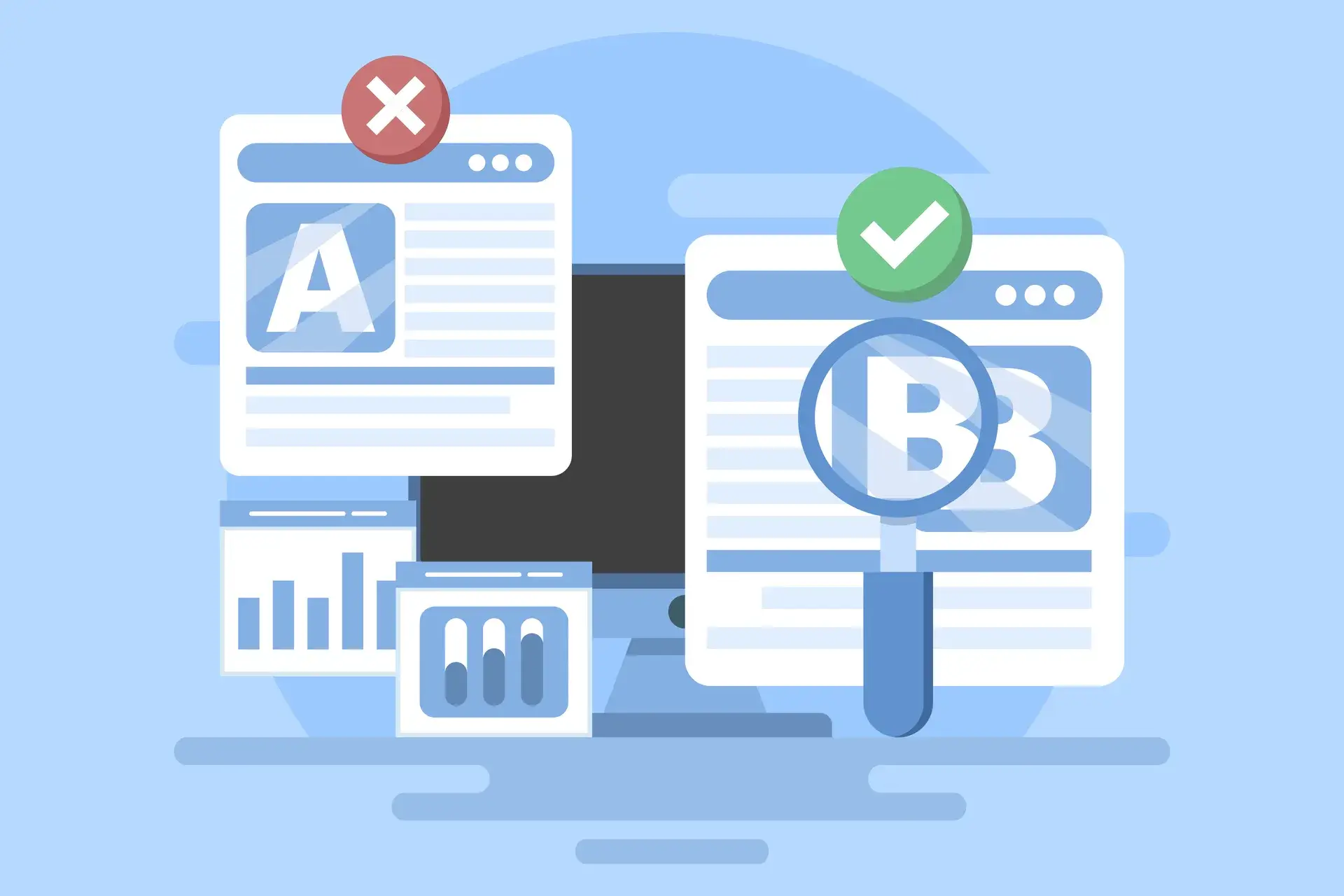Understanding user behavior is crucial for any business, and conversion tracking in Google Analytics enables you to see how well your website meets its goals. Whether you want to monitor sales, sign-ups, or other important actions, setting up conversion tracking helps you refine your marketing efforts. In this guide, we will walk you through the steps to effectively set up conversion tracking in Google Analytics.
What is Conversion Tracking?
Conversion tracking refers to the process of monitoring specific actions that users take on your website, often referred to as conversions. These actions can include:
- Making a purchase
- Signing up for a newsletter
- Filling out a contact form
- Downloading an app or file
By tracking these conversions, you can assess the effectiveness of your marketing campaigns and website usability.
Why is Conversion Tracking Important?
Effective conversion tracking allows you to:
- Measure the ROI of your marketing efforts.
- Understand user behavior and preferences.
- Adjust your strategies based on data-driven insights.
Step 1: Set Up Google Analytics
If you haven’t already, start by creating a Google Analytics account and setting up your tracking code on your website. You can easily do this by following these steps:
- Go to the Google Analytics website.
- Create a new account and property for your website.
- Set up your tracking code and insert it into the header of your website.
Step 2: Define Your Goals
Next, you need to define what constitutes a conversion for your business. To set up goals in Google Analytics:
- Navigate to the Admin area of Google Analytics.
- Under the View column, click on Goals.
- Click the + New Goal button and select a template or custom option.
- Set up your goals by specifying the type of conversion and relevant details (e.g., destination URL, duration, pages/screens per session, or event).
Step 3: Set Up Conversion Events
For advanced tracking, you can set up event-based conversions. Here’s how:
- In your Google Analytics property, navigate to Admin > Property > Tracking Info > Events.
- Define the events you want to track by specifying categories, actions, and labels.
- Use Google Tag Manager to implement specific tag setups easily.
Step 4: Test Your Conversion Tracking
After setting everything up, it is vital to test your conversion tracking to ensure it is working correctly. You can do this by:
- Using the Real-Time reporting function in Google Analytics to see if conversions are being recorded.
- Performing test conversions on your website and monitoring if these actions show up in your Analytics reports.
Step 5: Analyze and Optimize
Once conversion tracking is set up and you start receiving data, take the time to analyze it:
- Evaluate which sources are driving conversions.
- Identify areas for improvement.
- Optimize your marketing efforts based on the insights gained from the data.
Conclusion
Setting up conversion tracking in Google Analytics is essential for understanding the effectiveness of your website and marketing strategies. By monitoring key actions, you can gain valuable insights that guide your decision-making. At Prebo Digital, we specialize in helping businesses like yours optimize their online performance through effective analytics and marketing strategies. Ready to take your conversion tracking to the next level? Contact us today!




